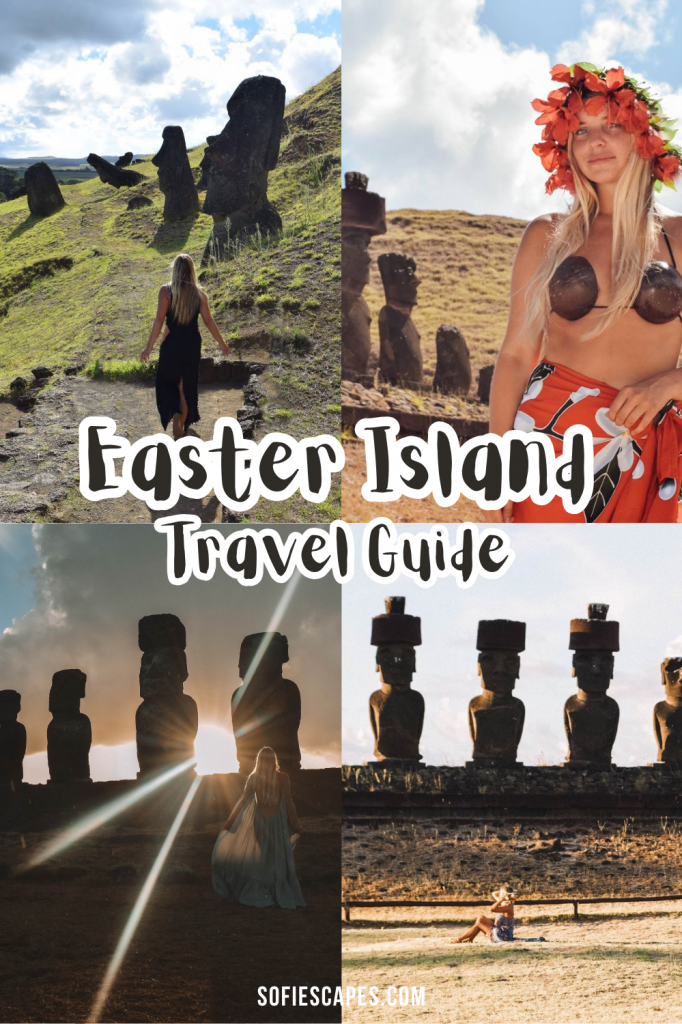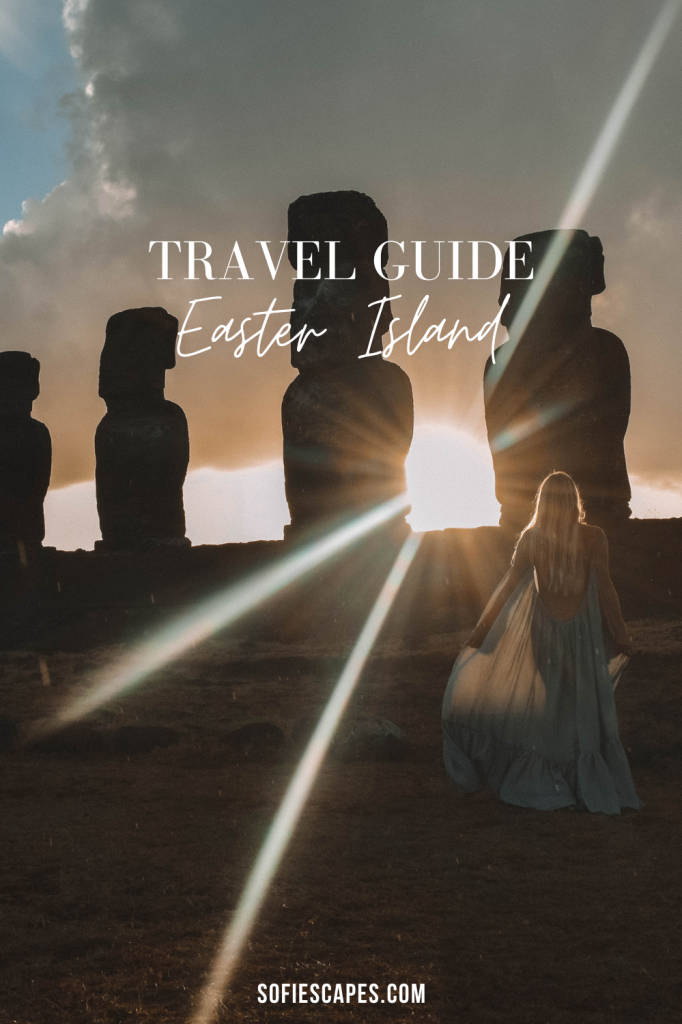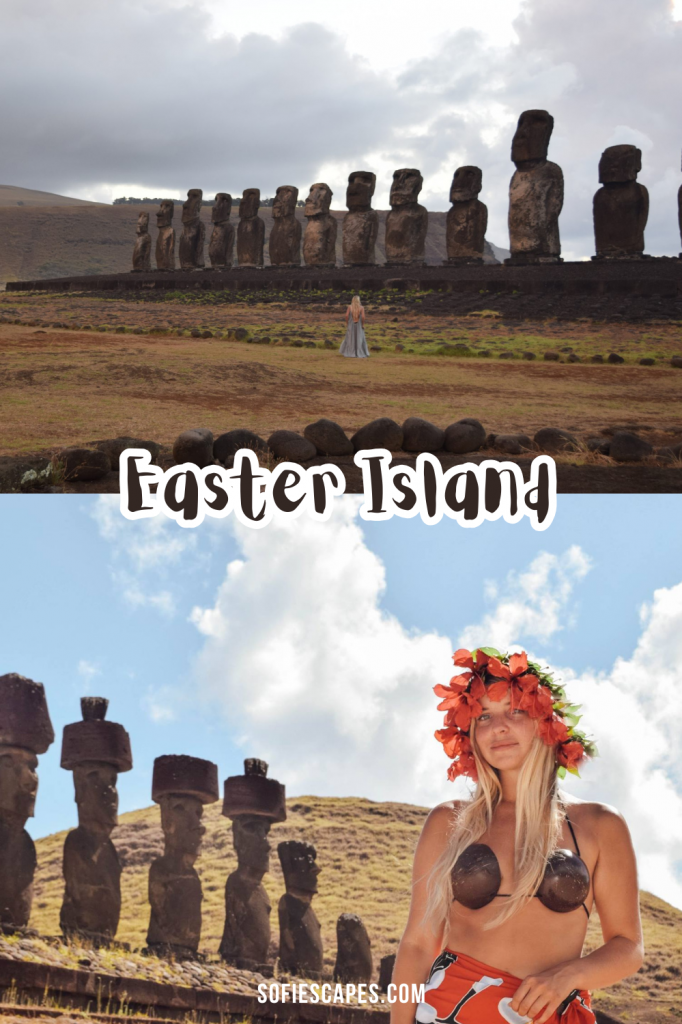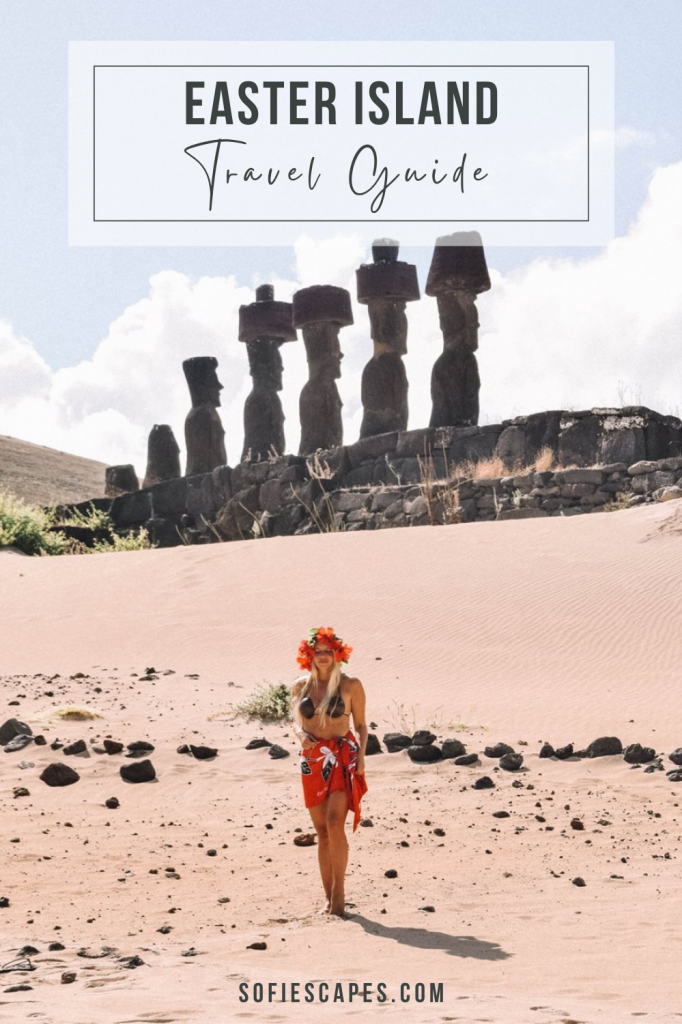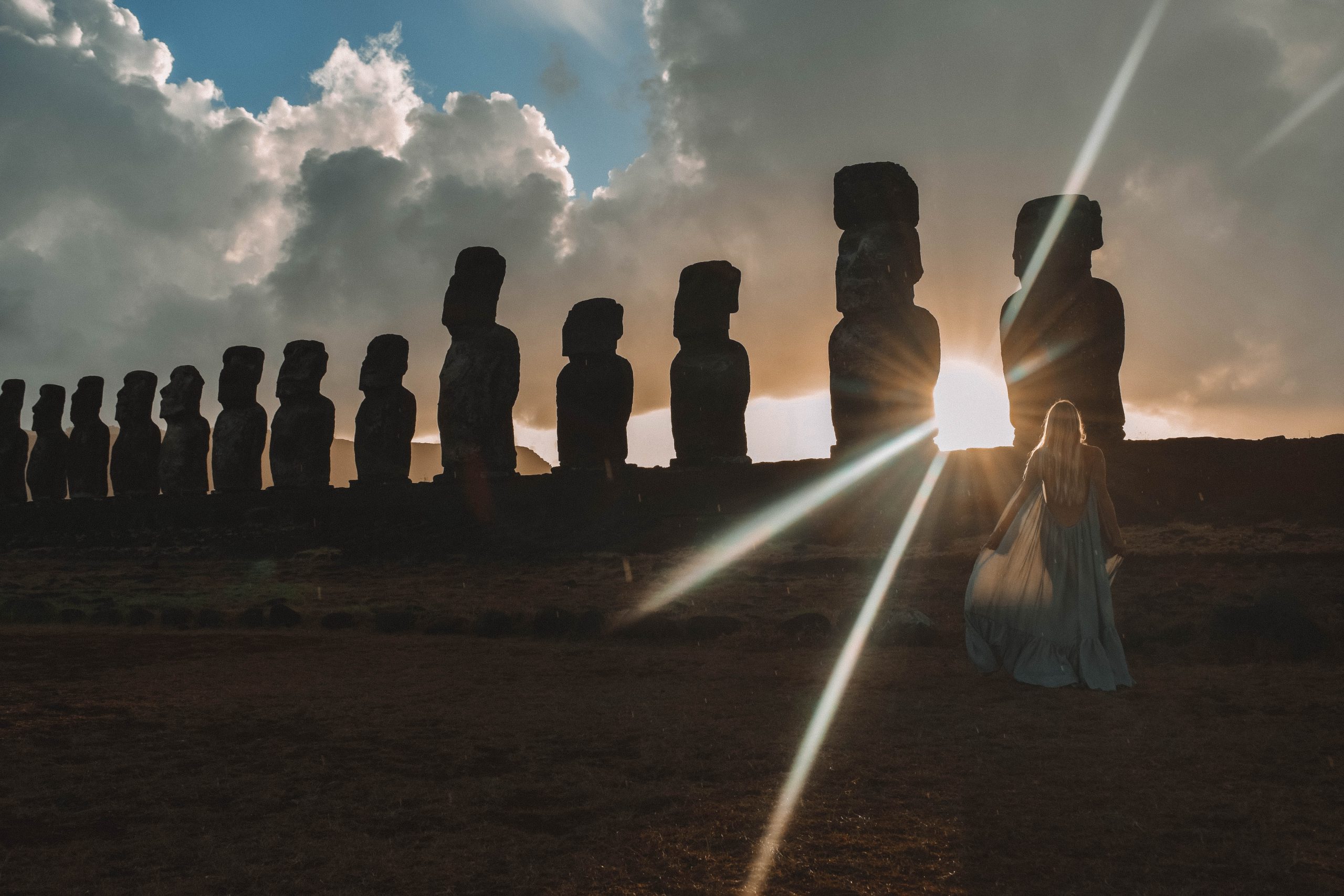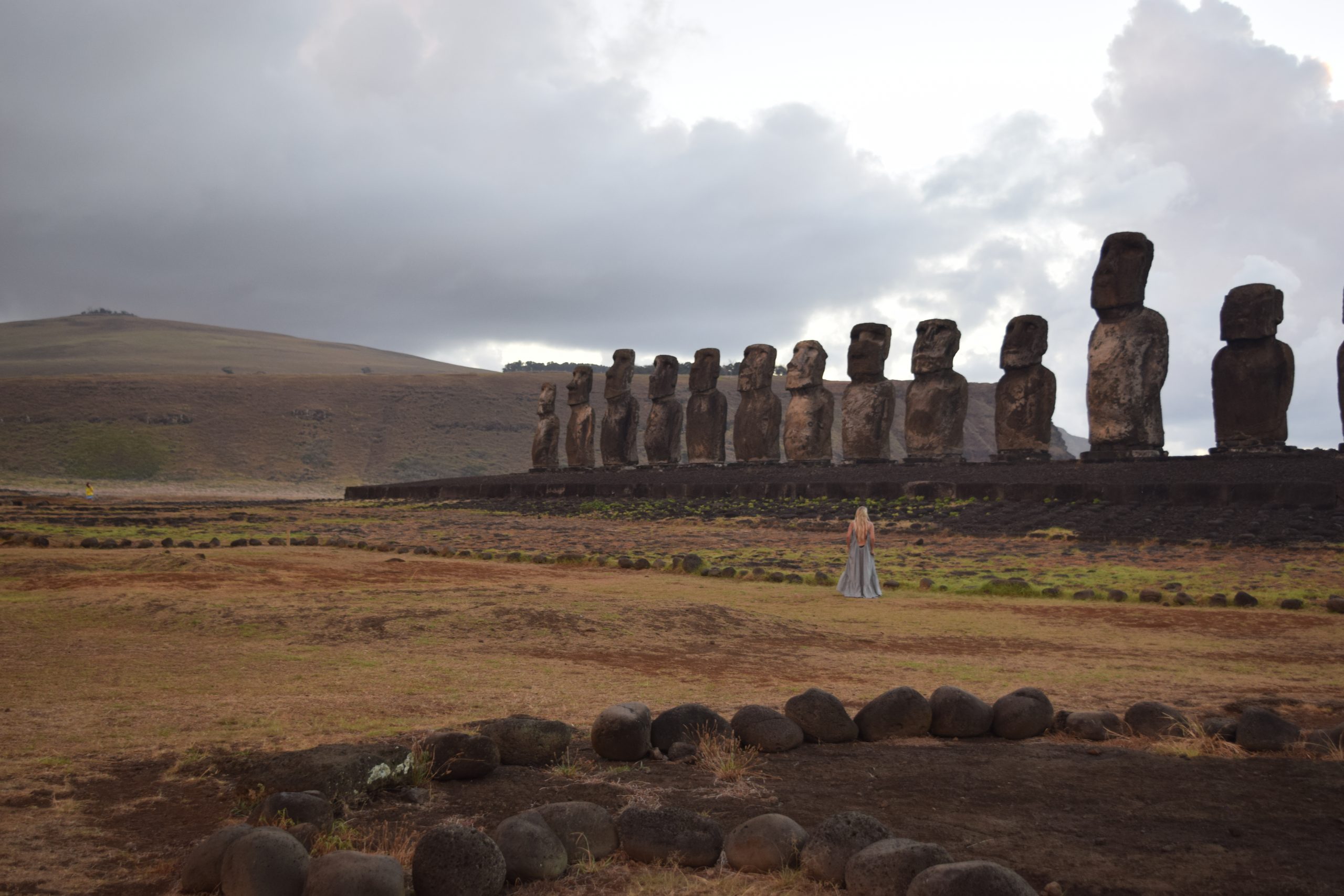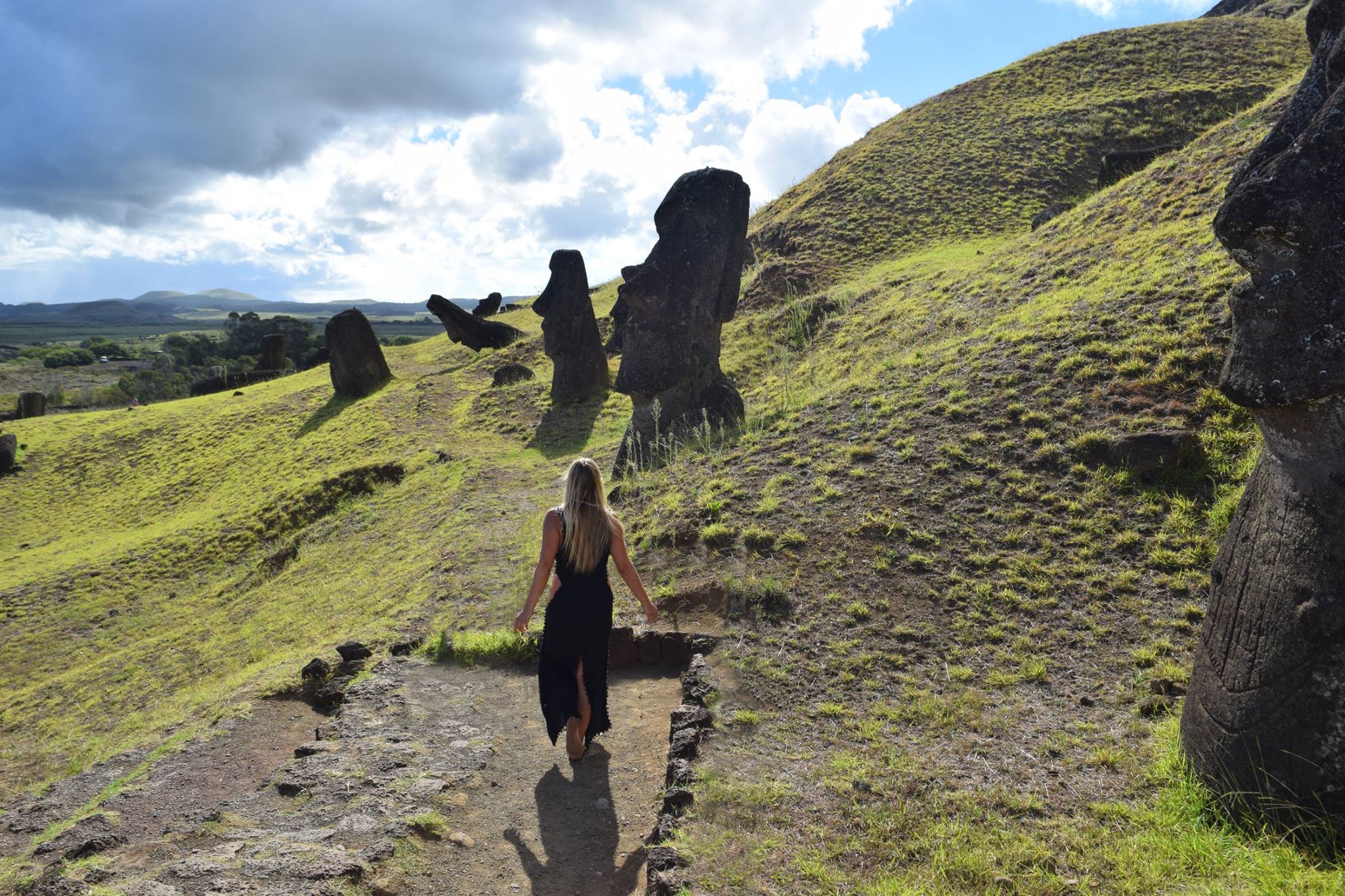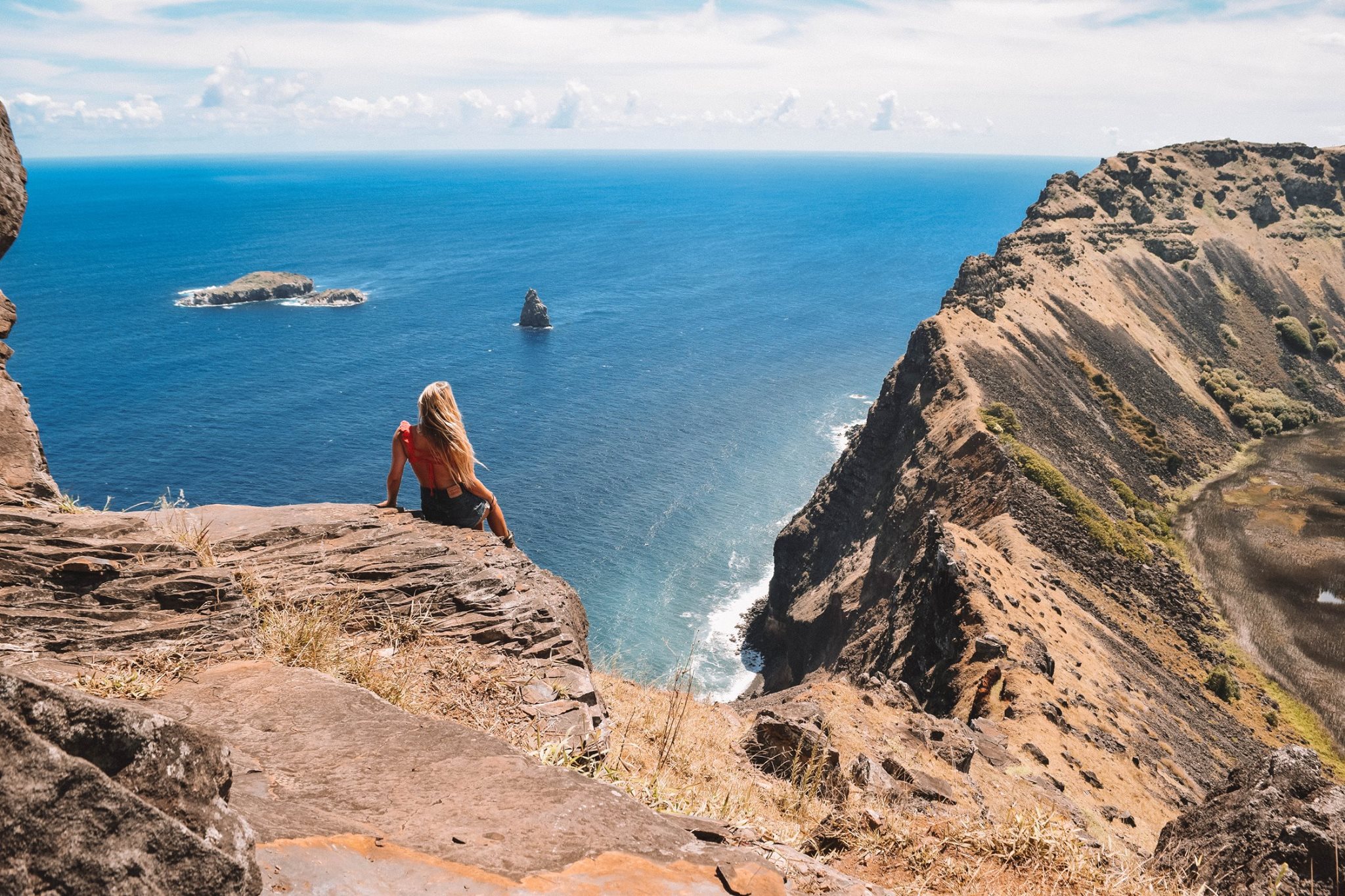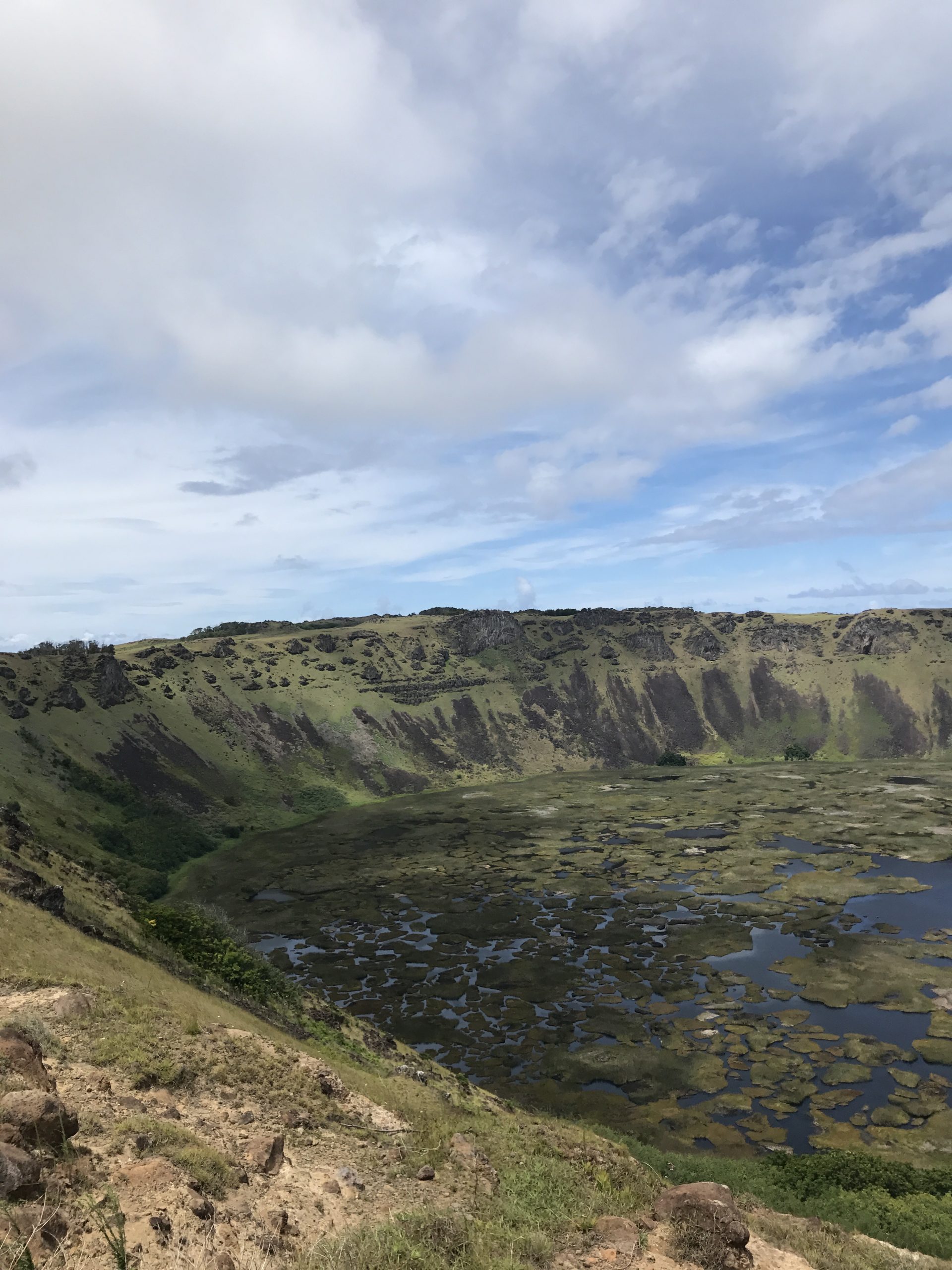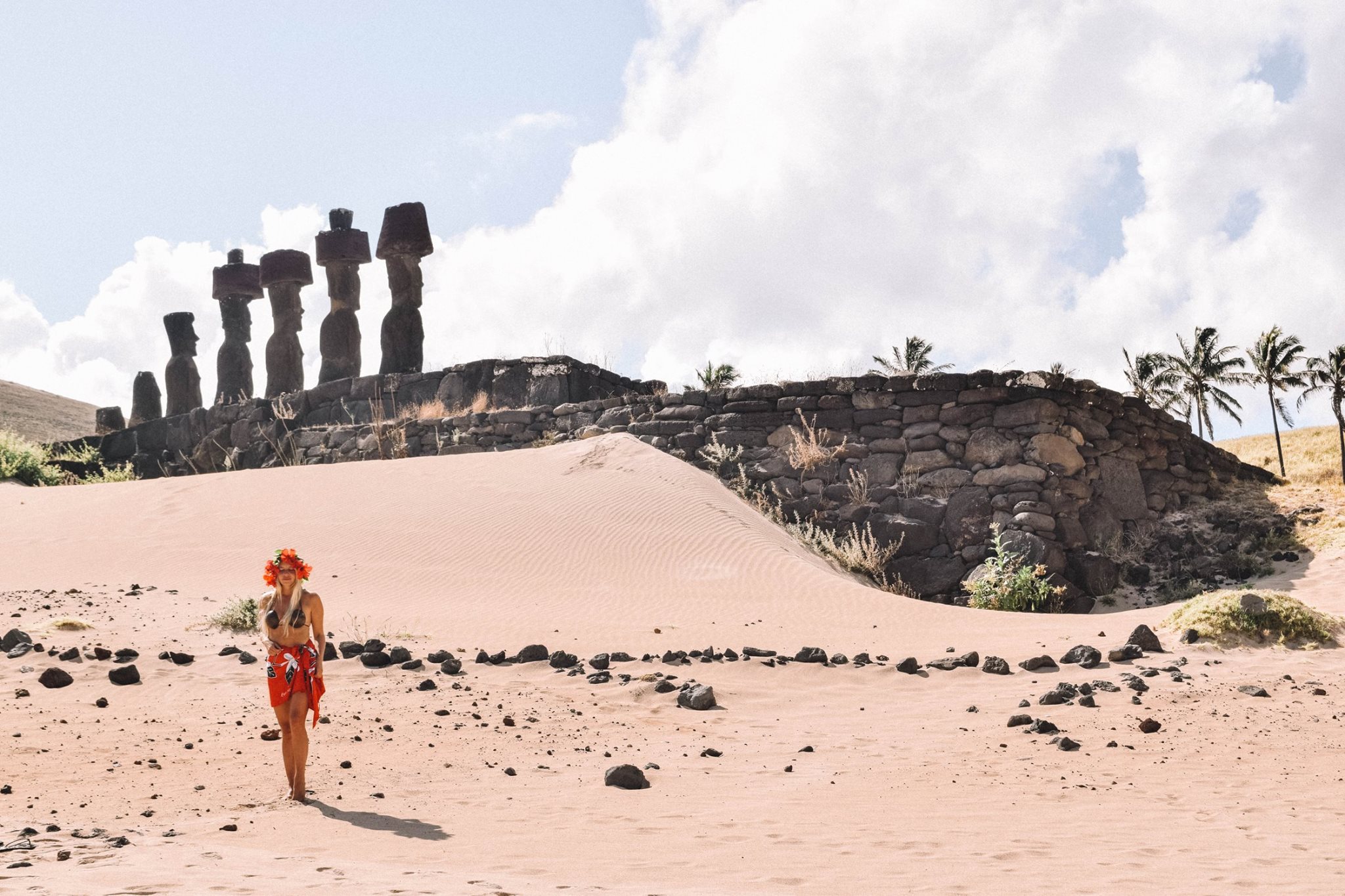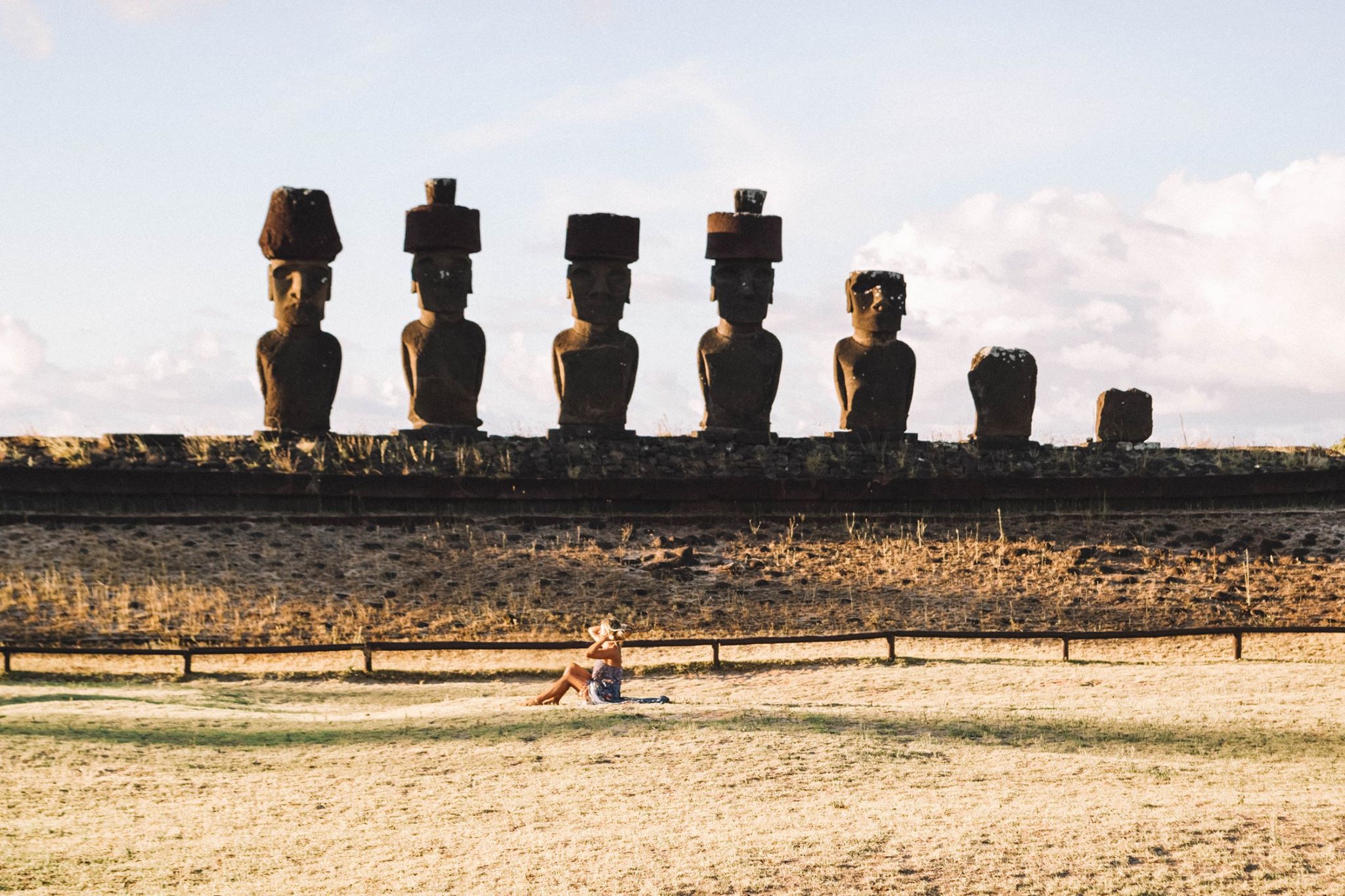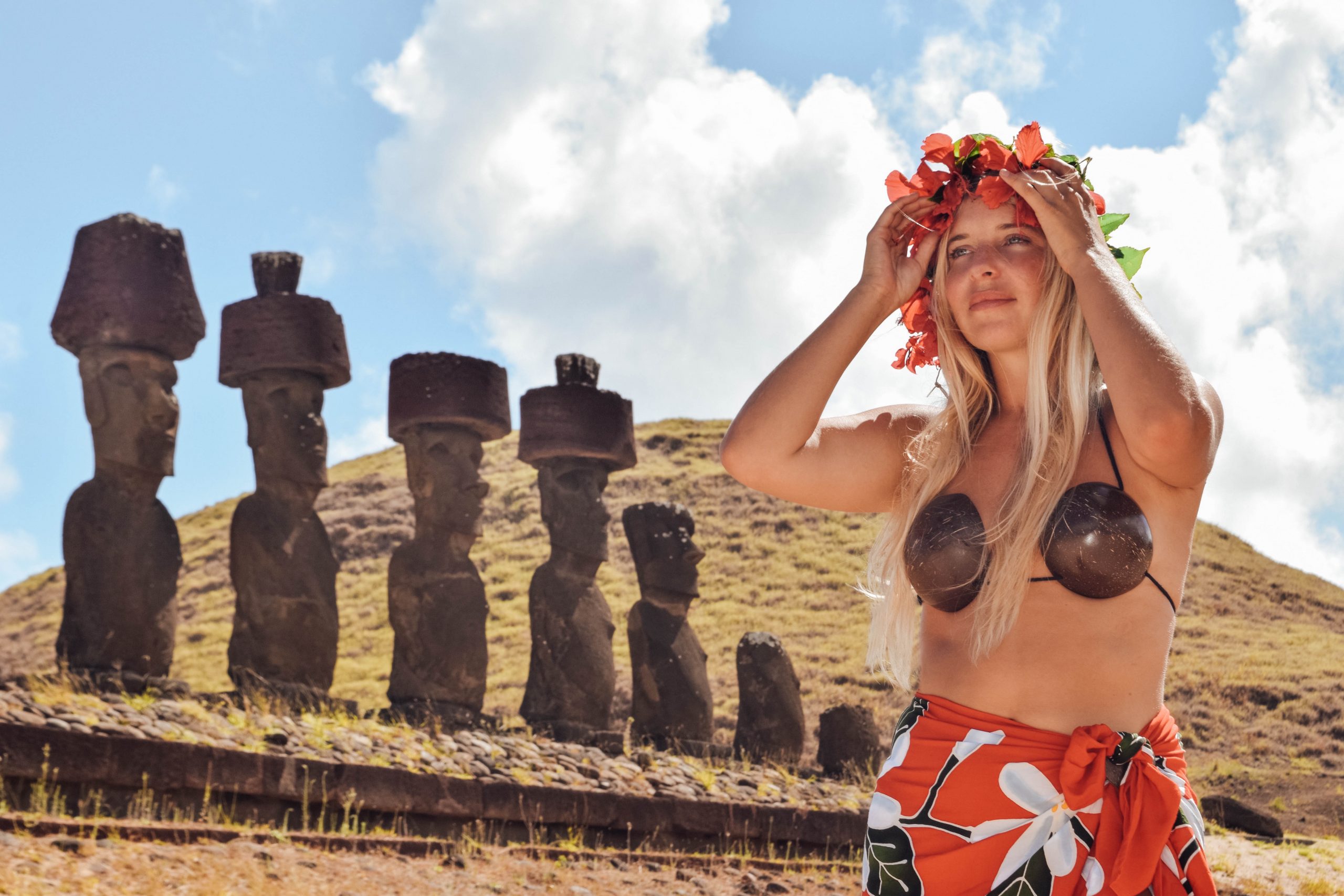Nestled in the vast expanse of the Pacific Ocean, Easter Island stands as a testament to both the isolation and resilience of the human spirit. Born from the fiery depths of 70 volcanoes, this enigmatic island captivates the imagination with its stark beauty and rich history. With no neighboring civilization for over 2,000 kilometers, Easter Island, also known as Rapa Nui, holds an allure that transcends its remote location. It's a place where ancient mysteries intertwine with tales of a lost culture, inviting travelers to unravel its secrets and explore its rugged landscapes.
After months of traversing the globe, my adventure reached its climax as I set foot on Easter Island, a solitary speck in the vast expanse of the Pacific Ocean. It was a moment of profound excitement, for this remote outpost held the promise of ancient mysteries and awe-inspiring landscapes. As I delved into the island's history and explored its rugged terrain, I discovered a place unlike any other, where the enigmatic moai statues stand as silent sentinels of a lost civilization.
Getting to Easter Island
My journey to Easter Island began with the excitement of planning and booking my flights. Aware of the potential challenges of securing affordable airfares due to the island's remote location and popularity among tourists, I sought assistance from a local agency called VIP Travel, which I discovered through an Easter Island website. Reaching out to VIP Travel, I learned that they typically catered to locals but were willing to assist travelers like myself. Given that I was traveling during the high season when airfares tend to skyrocket, I was braced for exorbitant prices. True to expectations, initial quotes hovered around a staggering $1500 USD, far beyond my budget. However, with the invaluable help of VIP Travel's agent, I managed to secure my return ticket for a fraction of the quoted price, a mere $355 USD. It was a significant relief to find a solution that allowed me to embark on my Easter Island adventure without breaking the bank. I'm grateful for the assistance provided by VIP Travel, even though they seem to have vanished from the scene. Their expertise and local knowledge proved invaluable in navigating the complexities of booking flights to this remote paradise, ensuring that my journey got off to a smooth start.
Flying in the off-season can yield significant savings. It's worth noting that prices can vary widely depending on the time of booking and demand, so it pays to shop around and compare different travel dates.
LATM (Latam Airlines) is the sole operator offering flights to Easter Island, with regular daily flights to and from Santiago (SCL) and weekly route to Papeete, Tahiti (PPT) are available. The journey from Santiago typically takes around 5 and a half hours, providing ample time to sit back, relax, and anticipate the adventures awaiting on the island.
Getting Around Easter Island
Exploring the incredible landscapes and ancient sites of Easter Island demands careful consideration of transportation options. Here's a detailed overview of how to navigate the island.
Renting a Vehicle in Easter Island
Given the absence of public transport, renting a car, scooter, or bike emerges as the most convenient method for exploration. Bikes are available for hire along the main street of Hanga Roa, the island's primary town. While biking offers an economical and environmentally friendly option, be prepared for the island's hilly terrain, which can pose challenges.
Walking Around Easter Island
Walking around Easter Island not only allows for a deeper appreciation of its stunning landscapes but also opens up opportunities for unexpected encounters and meaningful connections. During my time on the island, I had the pleasure of meeting a fellow traveler with whom I embarked on many memorable adventures. Together, we embraced the spirit of exploration and opted for hitchhiking as our mode of transportation. Hitchhiking allowed us to interact with the friendly locals, who generously shared their knowledge about the island and offered invaluable insights into its history and culture. These encounters not only enriched our journey but also provided us with a deeper understanding of Rapa Nui's heritage.
Moreover, hitchhiking introduced us to other adventurous tourists, creating opportunities for shared experiences and camaraderie. However, it's essential to exercise caution and prioritize safety at all times. While our hitchhiking experiences were overwhelmingly positive, it's important to recognize that not all encounters may be as favorable. Therefore, we made sure to hitchhike only during daylight hours and remain vigilant throughout our travels. Despite the need for caution, our experiences of walking and hitchhiking around Easter Island remain some of the most memorable and enriching moments of our journey. It's a testament to the warmth and hospitality of the island's inhabitants, as well as the sense of community that permeates this remote paradise.
Easter Island Guided Tours
Several local agencies provide guided tours, offering invaluable insights into Rapa Nui's rich history and culture. Although slightly pricier than independent travel, guided tours afford the expertise of knowledgeable guides, enriching the overall experience with their insights and anecdotes.
Te Ao Shuttle Bus
An excellent option for visitors heading to Anakena Beach, like me when I was looking for the best way to travel from the airport to Anakena Beach, the Te Ao Tour Bus offers an open-air shuttle service from Hanga Roa's main street to Anakena Beach. Along the route, the bus stops at Hanga Vare Vare and Camping Mihinoa, catering to travelers staying at Anakena Beach. With regular schedules, this service ensures comfortable and cost-effective transportation to the island's stunning beach destination.
Schedule
During the summer season, departures from Hanga Roa are at 10:00, 12:00, and 14:00, with corresponding return trips from Anakena at 11:00, 13:00, 15:00, 17:00, and 19:00. In the winter season, departure times remain consistent, with an additional return trip from Anakena at 17:30.
Where to Stay in Easter Island
Finding suitable accommodation on Easter Island can be a crucial aspect of planning your trip. Here's a detailed overview of accommodation options catering to various budgets and preferences:
Budget Option: Sustainable Camping Ana Tekena
Nestled in the pristine environment of Easter Island, Sustainable Camping Ana Tekena offers an eco-friendly camping experience that respects the island's fragile ecosystem. With a focus on sustainability, the campsite utilizes rainwater in its bathrooms, relies on solar panels for energy, and implements a robust recycling program. Guests have access to various activities organized by the owners, including horseback riding, snorkeling, and night fishing. The campsite's prime location near Anakena Beach, the island's most renowned beach, adds to its allure. For a budget-friendly option, camping at Ana Tekena costs around $25 USD per night, inclusive of camping equipment. My personal experience at Ana Tekena was nothing short of magical, with wild horses roaming the grounds, all food made on open fire and fresh watermelons available daily. Plus, before and after the tours arrive at Anakena Beach you have it all to yourself. Owner Kihi Tuki Hito's commitment to reclaiming ancestral land and providing visitors with an authentic island experience reflects the campsite's ethos.

Luxury Option: Explora Rapa Nui
For those seeking unparalleled luxury on Easter Island, Explora Rapa Nui stands out as the premier choice. Situated 8 km from Hanga Roa, this exclusive resort occupies a vast plot of land devoid of agricultural activity or archaeological remains. The resort boasts a range of upscale amenities, including a pool, spa, well-stocked bar, and exquisite onsite restaurant. Designed with sustainability in mind, Explora Rapa Nui holds LEED certification, underscoring its commitment to environmental conservation. While the luxurious accommodations and top-notch services come at a premium, the resort offers an unparalleled retreat for discerning travelers.
Exploring Hanga Roa
Exploring Hanga Roa, the quaint Polynesian town that serves as Easter Island's main hub, offers a delightful introduction to the island's charm and culture. Begin your day with a leisurely stroll through its winding streets, dotted with charming tiki bars, cafes, and colorful souvenir shops. Embrace the local atmosphere by indulging in traditional clothing like coconut bras and sarongs, or browse through the selection of vibrant flower earrings and dresses, perfect as mementos of your island adventure.
Before setting off on your exploration, stock up on supplies at Supermarket Kai Nene, where you can find everything you need for picnics or meals during your stay. Don't forget to make a stop at the island's post office on Av Te Pito Ote Henua, where you can obtain the coveted Isla de Pascua passport stamp adorned with iconic moai statues—a unique and sought-after addition to your travel mementos.
Where to Eat in Easter Island
Treat yourself to a culinary delight at Te Moai restaurant, renowned for its exquisite seafood dishes. Indulge in mouthwatering ceviche and sashimi while savoring the panoramic views of Ahu Ko Te Riku and Ahu Tahai, where majestic moai statues stand against the backdrop of the setting sun. Opt for the al fresco dining experience on the second floor, lounging in hanging wicker chairs as you enjoy the warm evening breeze and the mesmerizing colors of the twilight sky. Alternatively, grab a bottle of Chilean wine or beer and head to the nearby grassy patch, where locals and visitors gather to witness the spectacular sunset and gaze at the star-studded heavens, free from the distractions of city lights.
